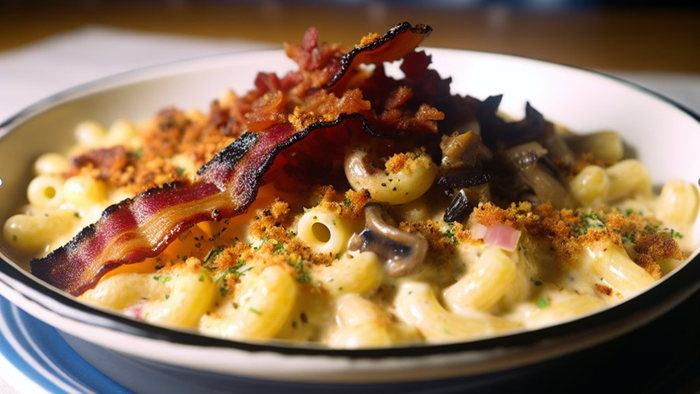Best Event Management Population TechniquesBest Event Management Population Techniques
October 31, 2018

Catering companies worldwide look to event management software to help them manage day-to-day processes and sell and execute event successfully. Whether you use a Point of Sale (POS) system or custom-built event management system, these applications are tremendously helpful operational tools.
Why POS & event management systems are important
It’s important to realize that these systems are more than just portals to print proposals or packing lists. They can be high-functioning, analytical tools to help leadership teams monitor their business’s financial components and much more.
If properly configured, they can also provide menu engineering support, key performance reports, and business forecasts. In order to fully utilize these features, business leaders must first understand how they want to evaluate their business as well as make key decisions on business rules.

Event management systems are built around the use of pre-loaded data that is arranged and stored in tables within the database. These tables allow the system to organize attributes of specific parts of the data and sort for analysis.
In basic terms, when you’re building an event, you may be allowed to pull from a drop-down list of conditions or values. These values are key to analyzing your business.
These lists should be customized, and not left to the defaults supplied by the vendor when you first purchased the system. You must create detailed and accurate lists of categories or item types. This is where the real work and big-picture thinking comes in.

There are many types of questions you may have including:
• Where is my business coming from and was the advertising budget well spent?
• What percentage of my business is drop-off, and are we profitable at it?
• Will we have enough plates and glassware for the upcoming busy season?
• What are the closure rates of my key sales associates?
• How many vegetarian offerings do we need, and do they really sell?
Many systems can print data easily enough, but you may not have the time to work with it to address these granular questions.

Look at the structure and sub-structure of your categories and sub-categories or Quick Pick list that populate your drop-downs. It should not be left to the general staff to determine items by typing random information.
From the sales side, the key areas you want to review are:
• Business types
• Event types
• Referrals
• Status
• Cancellation types
From a menu perspective, you may want to review:
• Menu item types
• Production locations
• Dietary attributes
Let’s look a great example list you’d create of referral types:
• Web contact
• Phone call
• Business or trade journal where you advertise
• Event planner referral
• Venue referrals
• Constant contact/email service
• Open house/promotional events
• Referral from current customer
• Repeat business
When creating an event, your team should use specific language to populate fields. This can be set up with most systems’ administrative tools. This will allow you to query or search events by referral type over a period of time, helping you better understand where your business is coming from and where you should be concentrating current and future marketing campaigns.

• Pre-determine required business attributes for all events
• Populate all available drop-downs
• List in order of most used
• Don’t make them complicated
• Use enough information to be able to drill down from larger groups
If you do the hard work up front by setting up your POS or event management system correctly, you’ll have a better, more long-term understanding of your business.
See John Reed at Catersource 2019! Join him at Catersource 2019 in New Orleans for more information on this important topic. Click here for session information and here to take you to registration.








